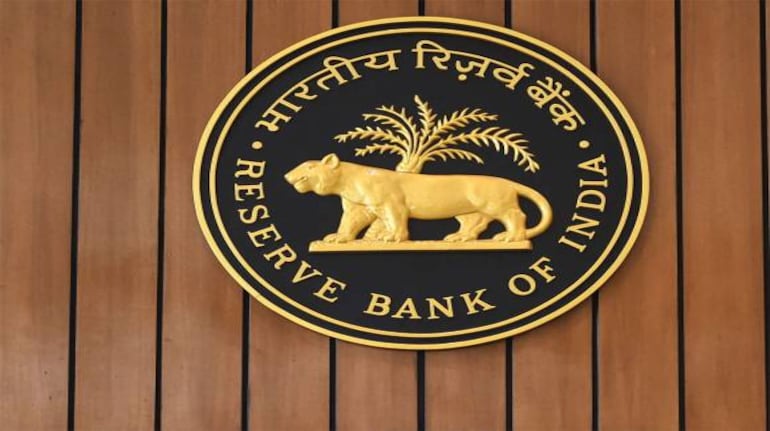



The Reserve Bank of India has revised norms for the classification, valuation and operation of investment portfolios of commercial banks. According to the new guidelines released on September 12, banks will have to classify their investments – except investments in their own subsidiaries, joint ventures and associates – into three categories from the next financial year: available for sale (AFS), held to maturity (HTM) and a new category called fair value through profit and loss, or FVTPL.
The existing held for trading (HFT) category will become a sub-category of the FVTPL, the central bank said in a press release.
The revised directions apply to all commercial banks (excluding regional rural banks) from April 1, 2024, the RBI said.
Also Read: RBI tweaks norms for classification and valuation of investment portfolios of commercial banks
Here is an explainer on the new norms:What are the changed norms?The RBI said the revised framework updates the regulatory guidelines with global standards and best practices and introduces a symmetric treatment of fair value gains and losses. The revisions include removing the 90-day ceiling on the holding period under HFT, removal of ceilings on HTM, and more detailed disclosures on the investment portfolio.
AFS includes securities that a bank may retain for long durations but may sell. HFT is an investment tool that is bought with the intention to sell within a short period, which is usually less than a year.
HTM means a security instrument that is purchased and owned until its maturity period. The new category, FVTPL, will include all securities that do not qualify for inclusion in HTM or AFS.
To facilitate smooth implementation, illustrative guidance has been developed on the revised framework.
The central bank said the regulatory framework for the investment portfolio was revised in view of significant developments in global financial reporting standards, linkages with the capital adequacy framework and progress in the domestic financial markets.
The revised norms were prepared after considering feedback received on a discussion paper issued on January 14, 2022, proposing changes for the classification, valuation, and operation of investment portfolios of banks.
What is new in the changed rules?The central bank introduced a category called fair value through profit and loss, or FVTPL. This category replaces the existing HFT category, which now becomes a sub-category of FVTPL.
What do experts say about the revised norms?Experts said the new norms will not allow banks to move their portfolio freely across categories and may affect their profits marginally.
“Banks had an option to move their portfolio to AFS from HTM and vice versa. Now the option is taken out and they will need RBI permission to do so,” said Anand Dama, a senior research analyst at Emkay Global Financial Services.
Dama said that earlier banks used to make a profit from their different portfolio categories but now this has been restricted to 5 percent. “Banks would not be able to sell more than 5 percent. This may affect their profits marginally,” Dama said.
Discover the latest Business News, Sensex, and Nifty updates. Obtain Personal Finance insights, tax queries, and expert opinions on Moneycontrol or download the Moneycontrol App to stay updated!
Find the best of Al News in one place, specially curated for you every weekend.
Stay on top of the latest tech trends and biggest startup news.